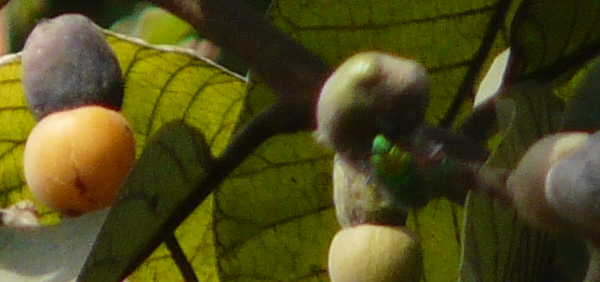akarakarabha :

Morphology:
Roots tough, cylindrical, 7-15 cm in length, tapering slightly at both ends, with a few hairy rootlets and occasionally topped by bristly remains of leaves, external surface rough, brown, shrivelled, bark upto 3 mm thick, not easily separable, odour, slightly aromatic, taste, characteristically astringent and pungent, on chewing gives tingling sensation to tongue and lips and causes excessive flow of saliva.
Histology:
Root – Mature root shows cork consisting of tabular cells, many of which developed as sclerenchyma; a few innercork cells contain rosette crystals of calcium oxalate; secondary cortex consisting of isodiametric or tangentially, elongated, thin-walled, parenchymatous cells; a few sclerenchymatous cells also found scattered in secondary cortex; secondary phloem consisting of usual elements, cambium 2-5 layered, secondary xylem very wide consisting of xylem vessels, tracheids and xylem parenchyma; vessels pitted, more or less in groups distributed throughout xylem, more and wider vessels found towards peripery, xylem fibres thick-walled, 1.37-28.8 μ in width, 53.2 – 231 μ in length having narrow lumen, medullary rays numerous, running straight, bi to tri and multiseriate, uniseriate rays very rare, starting from primary xylem and reaching upto secondary cortex; ray cells thick-walled, radially elongated, inulin present in cells of secondary cortex, secondary phloem and medullary rays; oleo-resinous schizogenous glands found scattered in secondary cortex, secondary phloem and medullary rays; calcium oxalate crystals in rosette form present in secondary cortex, secondary phloem, secondary xylem and medullary ray cells.- » Classification and names of akarakarabha
- » Synonyms and definitions of akarakarabha
- » Drug Properties of akarakarabha
- » Chemical Constituents of akarakarabha
- » Standardization of akarakarabha
- » Parts used and Dosage of akarakarabha
- » Morphology and Histology of akarakarabha
- » Distribution and Conservation of akarakarabha
- » Cultivation of akarakarabha
- » akarakarabha in the market
- » Medicinal Uses of akarakarabha
- » Researches and clinical trails of akarakarabha
- » akarakarabha in other sytems of medicine
- » Ayurvedic formulations with akarakarabha
- » Images of akarakarabha














